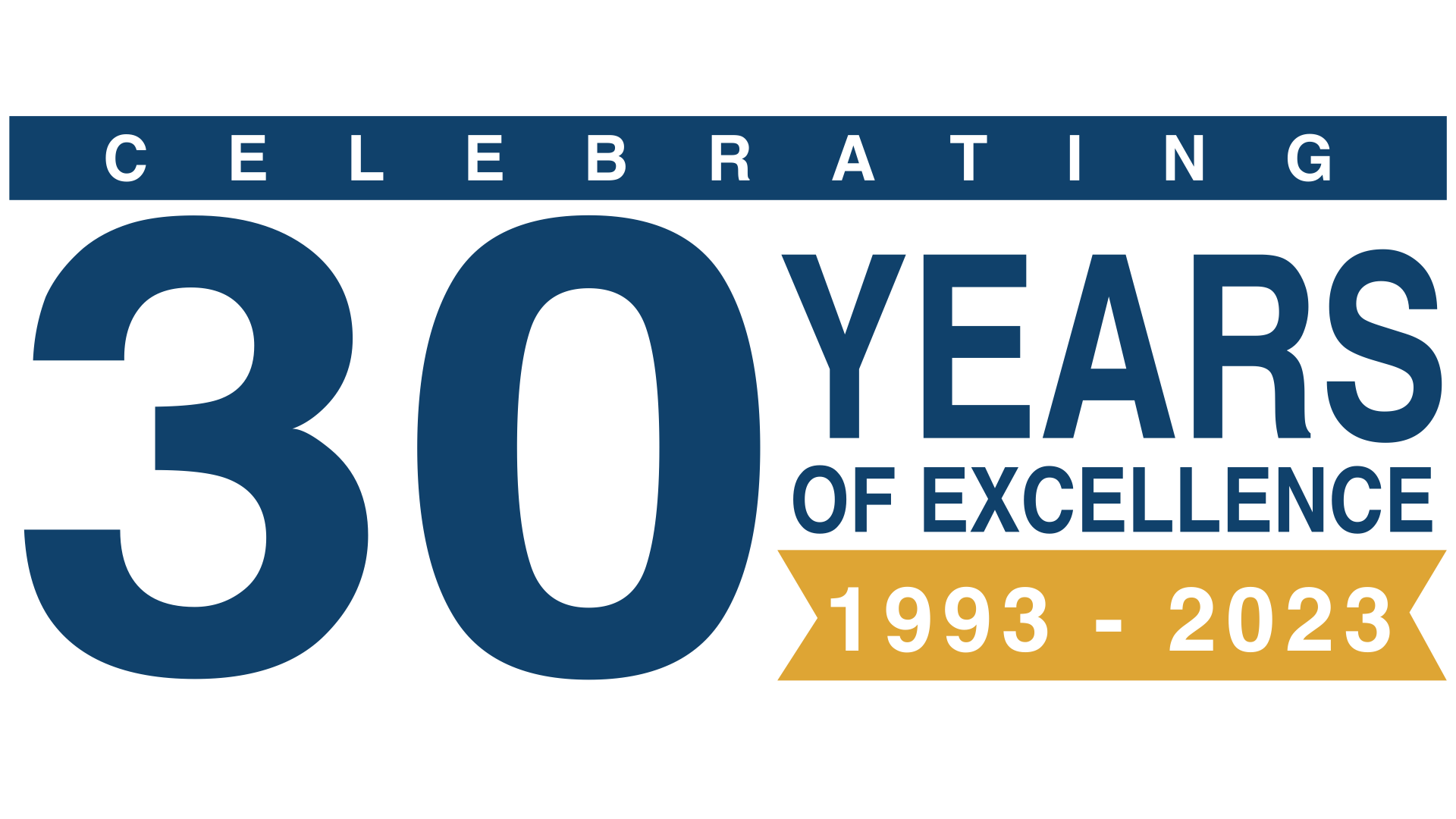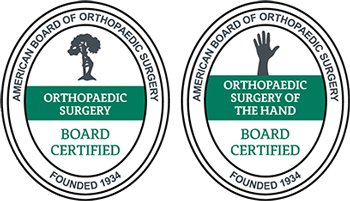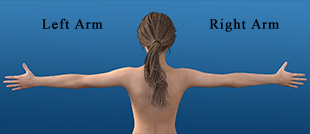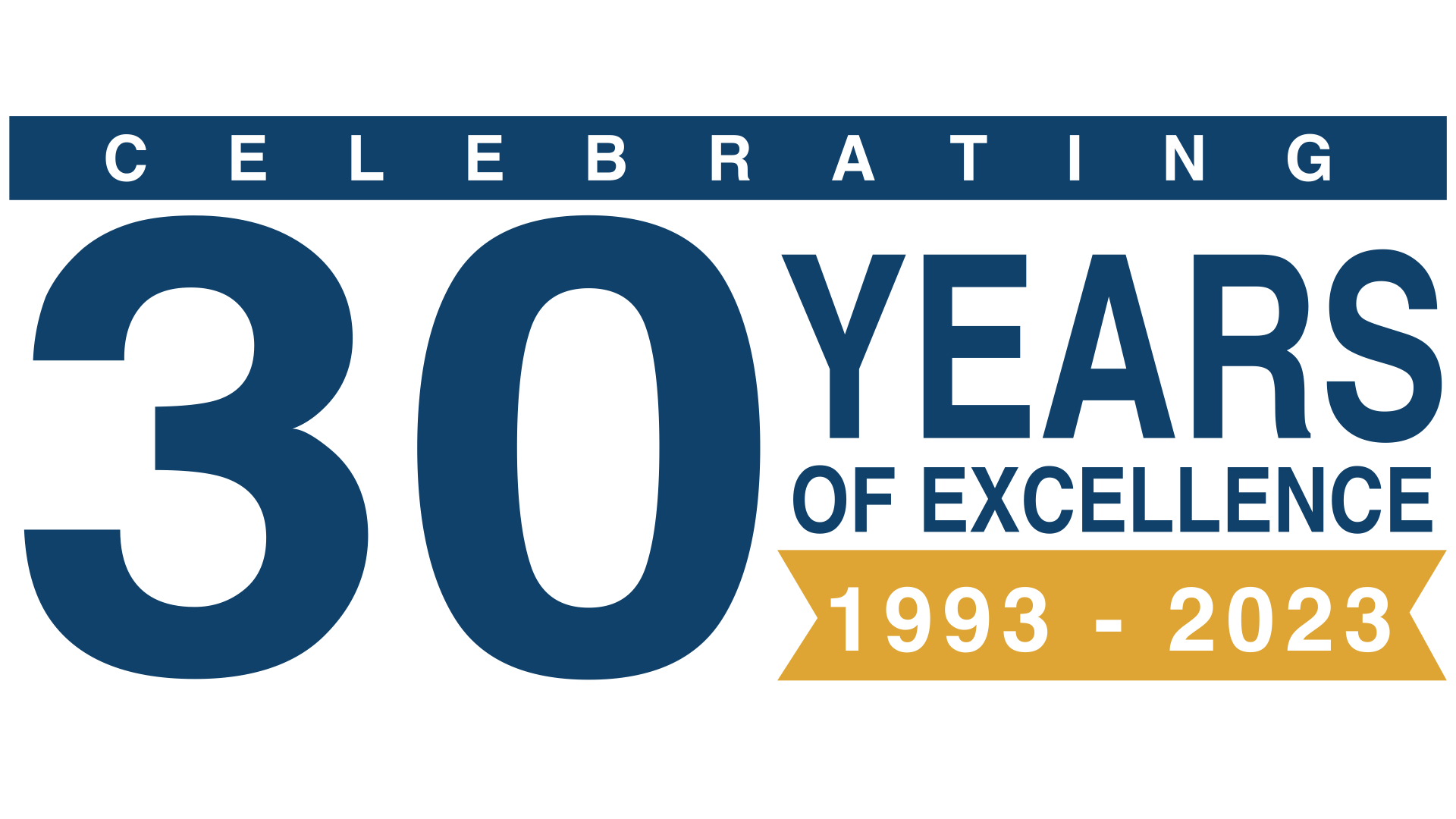Colles Fracture: Causes, Symptoms & Treatments
Contents
- 1 What Is a Colles Fracture?
- 2 What Are the Symptoms of a Colles Fracture?
- 3 What’s the Difference Between a Colles Fracture and a Smith Fracture?
- 4 What is a Colles Fracture?
- 5 What are the causes of a Colles Fracture?
- 6 What Are the Symptoms of a Colles Fracture?
- 7 How Do You Treat a Colles Fracture?
- 8 How can Dr. Knight help you with a Colles fracture?
- 9 Colles Fracture Fact Sheet
- 10 Frequently Asked Questions:
- 11 Videos
- 12 Animated Videos
- 13 Surgical Video
As one of the most common types of fractures seen in the emergency department, Colles fractures account for about 25% of all pediatric fractures and up to 18% of fractures in the elderly population. Fortunately, this injury typically improves after just three months, and 85% of Colles fractures have healed to a clinically satisfactory point within 10 years. If you have a Colles fracture, it’s important to get prompt professional treatment to ensure the best outcome.
What Is a Colles Fracture?
A Colles fracture is a complete fracture of the bone near your wrist. While often referred to as a broken wrist, it’s actually your radius (forearm bone) that’s injured.
What Causes a Colles Fracture?
Colles fractures typically occur when you fall on an outstretched hand. The impact on your palm can transfer excess energy to your radius bone, causing the end to break off near your wrist. This injury is often the result of accidents such as slipping and falling on ice, going down hard while playing sports, or being involved in a car accident.
Anatomy of a Colles Fracture
Your arm consists of two long bones: the radius, which is on the side of your arm that has your thumb, and the ulna, which extends upward from your pinky finger. A Colles fracture is a complete break in the radius bone, typically about an inch from the end. The broken end of your radius then tilts upward, making your wrist look distorted.
This fracture is named after Abraham Colles, an Irish surgeon and anatomist, who identified the fracture in 1814. As this was before the advent of X-ray technology, Colles based his diagnosis on the fracture’s external appearance.
What Are the Symptoms of a Colles Fracture?
A Colles fracture usually results in immediate pain and tenderness, and you will typically experience swelling and bruising. Your arm will appear misshapen near your wrist, and if the fracture is severe, you may experience numbness in your fingers. If you can’t feel your fingers properly, or your fingers appear pale, go to the emergency room and seek immediate medical care. You should seek treatment for your Colles fracture within a day and immediately protect it with a splint to prevent further complications.
How Do Health Care Professionals Diagnose a Colles Fracture?
Your health care provider will ask how you sustained the fracture, when the injury occurred, and what your symptoms are. They’ll also want to know about any home treatments you’ve used, such as splinting and icing your wrist or taking pain medication.
Your doctor might be able to diagnose your Colles fracture with a physical examination, especially if your wrist has a pronounced change in shape. An X-ray of your arm and wrist will confirm the diagnosis and provide your doctor with more details so they can decide how to proceed.
What’s the Difference Between a Colles Fracture and a Smith Fracture?
A Smith fracture is the opposite of a Colles fracture. It involves a volar, or forward, displacement of the distal end of your radius bone. Smith fractures account for about 5% of all radial and ulnar fractures.
What is a Colles Fracture?
A true Colles Fracture is a complete fracture of the radius bone of the forearm close to the wrist resulting in an upward (posterior) displacement of the radius and obvious deformity. It is commonly called a “broken wrist” although the distal radius is the location of the fracture, not the carpal bones of the wrist.
Fractures of the distal radius are extremely common and historically several methods of classification have been proposed. At present time in the United States, and for the purposes of this article, we will refer to all distal radius fractures as Colles Fractures. Smith fractures, Chauffer’s fractures, and Barton’s fractures- other types of distal radius fractures- are also included under the umbrella of distal radius fractures.
Distal radius fractures are further classified based on certain characteristics. A fracture of the distal radius can be intra- or extra-articular, depending on whether the fracture extends into the wrist joint. These intra- or extra-articular fractures can either be displaced or alignment can be maintained. When the distal radius is broken into many small pieces of bone as in a crush injury, it is deemed a comminuted fracture. Distal radius fractures can also pierce the skin resulting in an open fracture.

What are the causes of a Colles Fracture?
Although Colles Fractures are a heterogeneous group of injuries, the etiology is usually the same: a fall on an outstretched arm. The position of the hand is important in determining the type of fracture that results. For example, in a true Colles fracture, the fall occurs in the forward direction with the wrist extended to break the fall, and in the rarer Smith’s fracture, the fall occurs onto a flexed wrist.
Colles fractures can also be caused by direct trauma.
There is a bimodal peak of incidence of Colles fracture. High energy falls, such as from a motorcycle, occur in the 18-25 age group, and low intensity falls, such as from tripping and falling occur in senior citizens with brittle bones.
What Are the Symptoms of a Colles Fracture?
A Colles fracture usually results in immediate pain and tenderness, and you will typically experience swelling and bruising. Your arm will appear misshapen near your wrist, and if the fracture is severe, you may experience numbness in your fingers. If you can’t feel your fingers properly, or your fingers appear pale, go to the emergency room and seek immediate medical care. You should seek treatment for your Colles fracture within a day and immediately protect it with a splint to prevent further complications.
How Do Health Care Professionals Diagnose a Colles Fracture?
Your health care provider will ask how you sustained the fracture, when the injury occurred, and what your symptoms are. They’ll also want to know about any home treatments you’ve used, such as splinting and icing your wrist or taking pain medication.
Your doctor might be able to diagnose your Colles fracture with a physical examination, especially if your wrist has a pronounced change in shape. An X-ray of your arm and wrist will confirm the diagnosis and provide your doctor with more details so they can decide how to proceed.
How Do You Treat a Colles Fracture?
Health care professionals can treat Colles fractures surgically or nonsurgically, depending on their severity and the position of the bone fragments. If the fracture is open, having broken the skin, you will need surgical treatment. With other fractures, you may have more options.
Nonsurgical Colles Fracture Treatment
If your fractured bone is still properly aligned, your doctor may choose to put a cast on your arm to immobilize it while the fracture heals. If the bone is slightly misaligned, a specialist may be able to manually realign the fragments through a process known as a closed reduction. This is a nonsurgical treatment and requires no incision.
After aligning the bone, your doctor may put a splint on your arm while the swelling from the closed reduction procedure goes down. After a few days, you will typically receive a cast. To ensure the bone remains properly aligned, you should get X-rays of your arm every week or so throughout the healing process.
Regardless of whether you had a closed reduction, your doctor will want to reexamine your cast in two to three weeks. As the swelling in your arm goes down, the cast will become looser, so you may need a new one after the first few weeks to maintain a supportive fit.
You will typically need your cast for about six weeks. Once it’s removed, you will transition to a removable splint that you can take off for physical therapy sessions.
Colles Fracture Surgery
If a closed reduction can’t realign your fracture, or if the bone won’t stay in place in a cast, you may need surgery. Your surgeon will typically access the bone through an incision on your wrist and realign the bones, securing them with screws and metal pins or plates. In rare cases, your surgeon may use an external stabilizing frame to hold the bones in position.
In external fixation, a device known as an external fixator is used to pin the bones in place and hold them steady. The pins are attached to a device worn outside of the wrist. Numerous models of external fixator have been developed for distal radius fractures over the years.
Plates are often employed to stabilize the Colles Fracture with excellent results. The plates may be placed on the front or volar side of the wrist or the back or dorsal side of the wrist. This depends largely on the surgeon preference and the type of fracture. When there is associated ligament damage or the fracture involves several displaced fractures within the joint, the dorsal approach will allow for better visualization of the articulation of the joint surface. Occasionally the plate may lead to adhesions requiring a second short procedure to remove it. It is designed to remain in place indefinitely. Activities of daily living can be resumed at 3 days to 3 weeks postoperatively, although strenuous activity of the wrist must be delayed for approximately three months.
Are There Any At-Home Treatments for a Colles Fracture?
You can’t treat a Colles fracture at home, so you should always see a professional health care provider as soon as possible. If you don’t get the fracture examined, aligned, and immobilized properly, it can leave your bone permanently deformed, hindering your range of motion.

How can Dr. Knight help you with a Colles fracture?
Over his years in practice, Dr. Knight has gained much experience treating traumatic wrist injuries and has returned some of the most horrific wrist injuries to functional, pain-free use.
Our offices are easily accessible from Dallas and Dr. Knight is considered one of the top hand doctors in Dallas, TX. Come to our Dallas office or Southlake office to see what he can do for you.
Colles Fracture Fact Sheet
| How do most people get a Colles fracture? | The majority of Colles fractures are the result of a fall on an outstretched arm. The radius is completely fractured in this type of injury. |
| Do I need to see a doctor for this type of fracture or can I just let it heal on its own? | Self-treatment for a Colles fracture is not recommended. Medical attention is necessary for proper diagnosis and treatment of Colles fractures. |
| What medications can Dr. Knight recommend to deal with a Colles fracture? | Painkillers may be prescribed to deal with the initial discomfort of the injury, as well as anti-inflammatories ruding the healing process. |
| Will treatment cure a Colles fracture or will it be a permanent handicap? | The radius will eventually knit itself back together, as all bones, but without medical guidance, there is a high likelihood that the bone will heal crooked or incorrectly and affect allfuturre mobility and range of motion. |
| How does Dr. Knight treat a Colles fracture? | For a non-displaced fracture, splinting is an effective method of treatment, but if the break is more complex then surgery may be necessary to open the wrist and realign the bones. |
Frequently Asked Questions:
How do I know if I have a Colles Fracture?
A Colles fracture is very specific type of injury, where the head of the radius is shorn away from the haft of the bone, and so if you suffered on, the amount of pain, swelling, and bone displacement would be apparent upon even a cursory visual inspection of the injured area.
Is there a special splint for Colles fractures?
Yes, because of the nature of a Colles fracture, the wrist must be held in a specific position to ensure clean healing and good reknitting of the fractured bone. Many companies make these special braces, or one can be made for you by the occupational therapist that your doctor sends you to.
What causes a Colles fracture?
Colles fractures are most common as the result of a fall on an outstretched hand, or as the result of trauma. A Colles fracture requires the wrist be extended during the injury, while a fall on a flexed wrist would result in something called a Smith’s fracture.
How long does a Colles fracture take to recover?
Depending on the severity of the break, it may take anywhere from three days to three weeks before activities of daily living can be resumed, but a further three months of light activity is preferable to ensure a good outcome of healing.
Videos
Animated Videos
Surgical Video
Note: The following videos contain graphic images.
Disclaimer
HandAndWristInstitute.com does not offer medical advice. The information presented here is offered for informational purposes only. Read Disclaimer

























